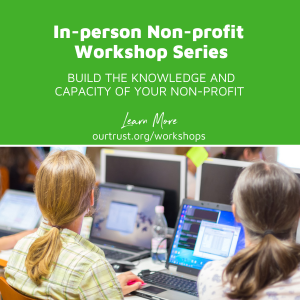“It is the responsibility of all people to work together to resolve their conflicting interests so that living lakes can continue to provide the cultural landscape values and ecosystem services on which the future of human life depends. This situation has become critical, and action must be taken now.”

With these words, more than 100 delegates from around the world nailed down an approach to maintaining healthy communities and healthy lakes. It’s what Wildsight has been working towards for many years with its Lake Windermere Project and Upper Columbia program.
The declaration comes from ‘The Trasimeno Statement.’ It was set forth by the group of international delegates at the 12th Living Lakes Network Conference at Lake Trasimeno, Italy, on September 21 to 27, 2008.
The Living Lakes Network was founded in 1998 by Global Nature Fund. It’s made up of more than 70 environmental organizations representing 55 lakes worldwide, including Wildsight, the only Canadian member, representing the Columbia Wetlands.
The Lake Windermere Project (LWP) was there.
Program manager Heather Leschied attended the conference (her trip was paid for by the Living Lakes Network) and came back with lots to report.
“The conference was an incredible experience,” Leschied said. “It was so fitting that a conference focused on linking cultural landscapes to lake protection be held in a 16th Century Castle. The historic murals covering the ceiling inspired a connection to the area’s historical values.
Leschied learned that numerous lakes worldwide face similar challenges to those faced by the Columbia Wetlands, Lake Windermere and Columbia Lake.
“Development and recreational challenges to lake ecosystems are very common,” Leschied said. “We are still fortunate to have functioning ecosystems—but ecosystem degradation is happening at an alarming rate around the world. We don’t want it to happen in the Columbia Headwaters.”
Leschied learned that degraded lake ecosystems have costs that go beyond the environment—“There are measurable economic losses being noted,” she said. “The host lake, Trasimeno, can no longer be used by local residents for swimming or household purposes. The cost to restore this lake will be tremendous.
On a more satisfying note was the positive contribution Wildsight made during the conference.
“International eyes are looking to the Columbia Valley as a positive example of water stewardship,” Leschied said. “Wildsight’s LWP and Columbia River Headwaters programs are being used as case studies in capacity building by other Living Lakes partners.
“We really brought something to the table at this conference,” Leschied added. “Even though we’re the only members from Canada, our programs are being used as templates around the world.
“That’s why we’re so grateful to all our partners—everyone from LWP Ambassadors to volunteers to corporate funders and local government. They are the capacity we’ve been helping build! Together, we’re protecting the lakes and waterways of our beautiful valley.
“I have to say I was so happy to be able to share how strongly our communities are supporting good stewardship practices from Golden all the way down to Canal Flats. So many other places are so far behind,” Leschied said.
The conference, entitled “Linking Cultural Landscapes to Lake Protection”, was hosted by the Province of Perugia and the Global Nature Fund, among other government bodies and organizations. Delegates came from 30 countries.
In 2004, Wildsight, the District of Invermere and Global Nature Fund hosted the 9th Living Lakes Conference in Invermere. More than 200 international delegates attended.























